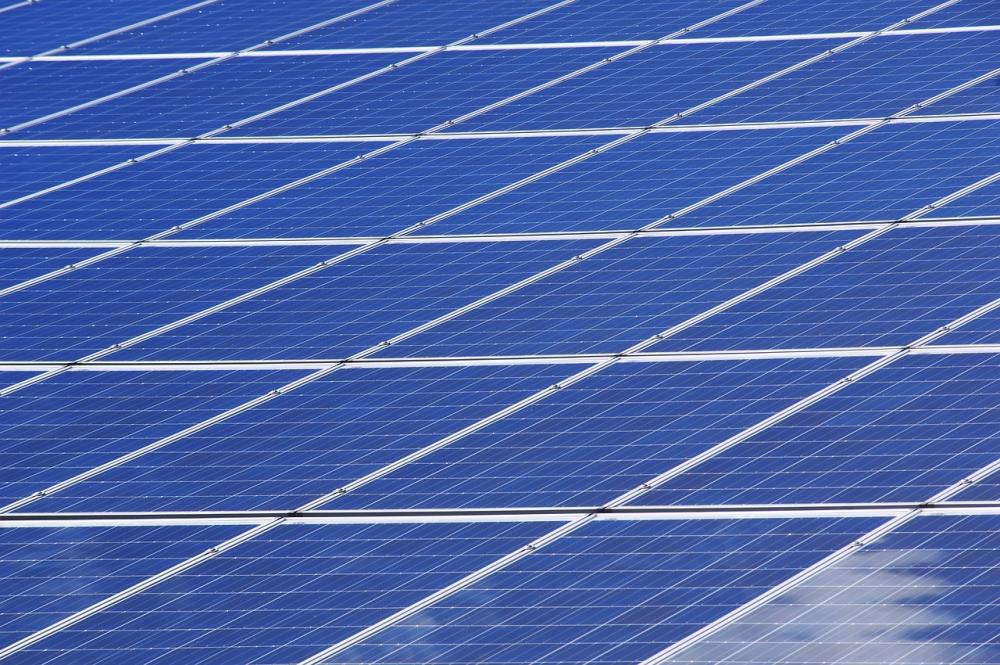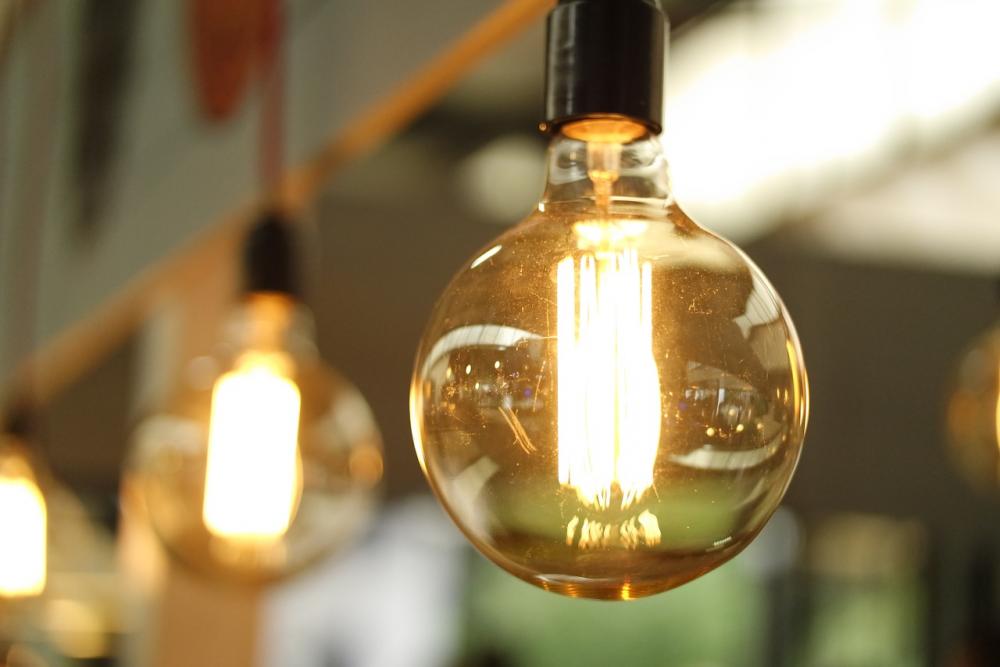Solar Energy 101: Everything You Need to Know
Solar power is the fastest-growing renewable energy source in the U.S., increasing more than 23 times in the last eight years, according to the U.S. Department of Energy. As demand has grown and the technology has improved, the price of solar power has fallen. Are you uncertain about how solar power works? Here's a quick guide to the basics.
Solar Panels
When sunlight hits certain materials known as semiconductors, the materials convert the light energy to an electrical current. Solar panels that use this technology are photovoltaic (PV) panels. Within the panel are cells containing crystals. Most residential systems contain silicon crystals, like the silicon chips in a computer. Each cell produces only a small amount of power, but they're connected in series which collect their output.
The cells are sandwiched between protective layers of glass or plastic. Panels are built to withstand hail, wind, and lightning strikes. Several panels together make an array. Because the system is modular, it can be designed to meet any electrical load.
Mounting Structures
Most residential solar systems are mounted on a south-facing roof. Panels can also be placed on a rack set on the ground. The panels are angled for maximum sun exposure at that latitude. Tracker systems follow the sun across the sky but are more expensive and need more maintenance.
Inverter
PV panels produce direct current. An inverter converts DC current to the AC current needed for household appliances. The inverter has a display showing how much power the array is producing. Some inverters can be monitored remotely via the Internet.
Electrical Meter
The meter connects the PV system to the local electrical grid. If the system is producing more power than the house needs, the meter will run backward. At night or when the panel isn't in service, the meter will show normal electrical demand.
Because the house is drawing at least part of its electricity from the panels, homeowners can see significant savings on their utility bills. They will still have to pay a monthly connection fee to the utility.
If the power goes out, most solar systems will shut down even if the sun is shining. This is to protect line workers.
Storage
The sun doesn't always shine. Battery systems can save electricity for use at night or in bad weather, and can be put on systems on- and off-grid. Lead-acid batteries are the most common. Lithium-ion batteries have recently come on the market. Storage systems can help utilities reduce their peak demand since the house will draw from its batteries before it needs power from the grid.
Site
PV panels will produce some electricity even in low light, but they need full sun for best performance. The ideal solar energy site has full exposure to the south, east, and west. Large trees, buildings, or hillsides that shade the site may make it unsuitable for a solar installation.
Life Expectancy
Solar panels are designed to last at least 25 years. They gradually lose efficiency, but should still be generating more than 80 percent of their original output at that point. Inverters need to be replaced more often.
Installation
More often than not, professional services and electricians are called to install solar panels and integrate them into electrical systems. While this is the safest option, it’s not impossible to set up without help. For a DIY installation, most will find parts and pieces from hardware stores or specialty electrical suppliers like Enercon Engineering Inc that professionals frequent for solar installations.
Depending on local regulations, solar systems may need permits and have zoning restrictions. Some utilities limit how much solar power they'll accept from customers. They also vary in how large a credit they give customers for the solar power they produce.
Depending on the state, solar systems may qualify for tax and other incentives. Check with your utility and your state's energy department.





0 Comments
Recommended Comments
There are no comments to display.